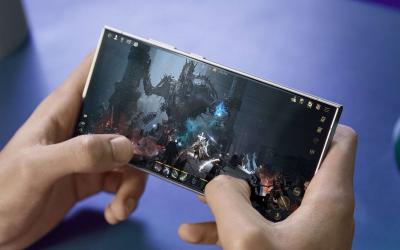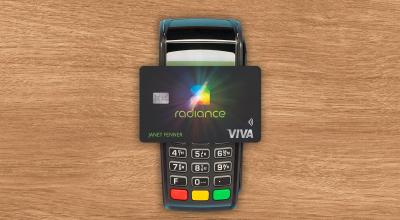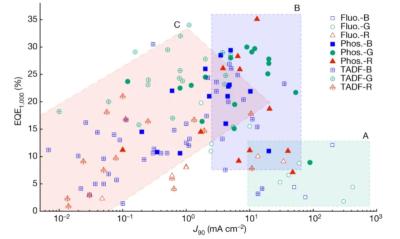LG Display developed new tandem OLED technology to increase brightness and efficiency by 20%
According to a new report by Business Korea, LG Display is finalizing the development of its 3rd-gen tandem-stack automotive OLED technology, and aims to start mass producing these panels by 2026. LGD believes the new panels will improve the brightness and efficiency of its OLEDs by 20% (compared to its current 2nd-gen tandem OLEDs).
LG Display believes it is leading the industry with its tandem OLED technology (and we tend to agree) and it hopes to accelerate its technology development to widen its lead. LG Display is enjoying a lead in the automotive display market with its OLED solutions and has already achieved design wins with many companies, including Genesis, Mercedes-Benz, Cadillac and GM.








